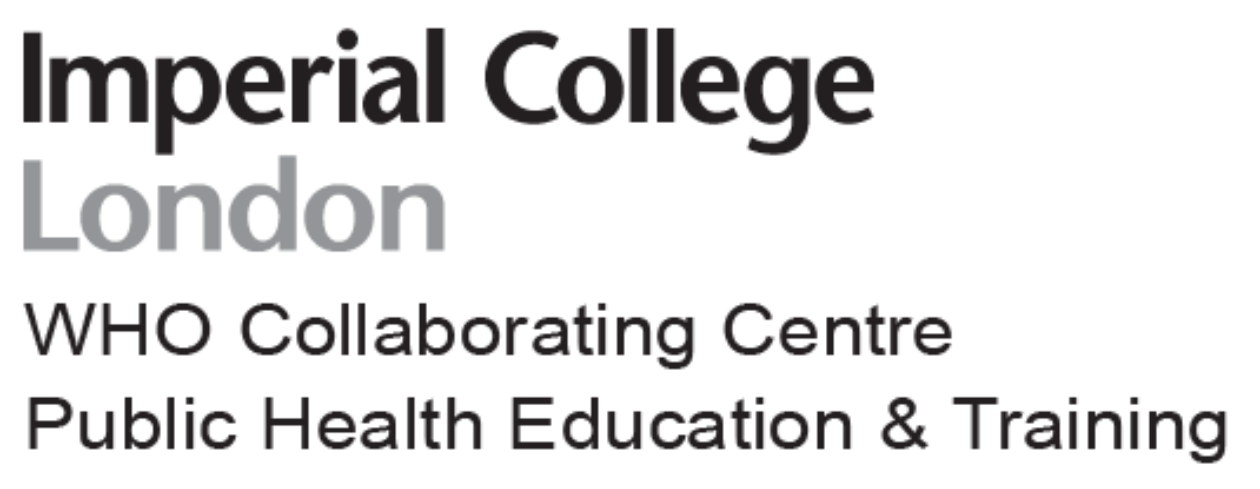Sustainable Development Goals (SDG): Malnutrition
Karra Foetini-Ioanna is an MSc student in Nutrition, Public health and Policy at the Agricultural University of Athens, Greece. Her passion and interest on the association between the Sustainable Development Goals (SDGs) and malnutrition led her to spend time doing an internship at the Self-Care Academic Research Unit (SCARU) at Imperial College London. During her time at the department, she wanted to raise awareness of the concept of hidden hunger by engaging the staff and fellows at the WHO CC unit.
Hidden hunger can be further split into undernutrition and overnutrition leading to short-term and long-term consequences among the young. It is the result of a lack of essential vitamins and minerals and occurs when the quality of food people eat does not meet their nutritional requirements. This eventually leads to irreversible consequences like stunted growth and cognitive impairment in early childhood. Around the globe, two billion people suffer from hidden hunger which is result of shifting dietary and lifestyle patterns leading to poor nutrition. This has caused a rise in the levels of obesity and non-communicable diseases. Both obesity and hidden hunger are preventable through a healthy diet. According to WHO, in 2016, an estimated 155 million children under the age of five years of age were suffering from stunting, while 41 million were overweight or obese. In 2018, the WHO reported that 1 in 5 children were stunted, 49 million wasted, and 40 million were overweight.

Lack of awareness of nutritious food is a barrier to good health worldwide. In developing countries, nutrient dense foods cannot always be found. In developed nations, there is a variety of nutritious foods, but a healthy diet may not be realistic for low-income families. Consequently, many children do not get all the essential nutrients such as vitamins, carotenoids, polyunsaturated fatty acids (PUFAs), amino acids and minerals.
To combat this epidemic, food must be made available, affordable and accessible to everyone at all times. Some strategies that are key to achieving this include the role of science and biotechnology, food aid from food stores or bank seeds in times of crises and food distribution, support from local food systems, stronger regulation to promote sustainable farming and innovation, stricter law and taxation, for example, zero trans-fat and sugars, and salt reduction.


